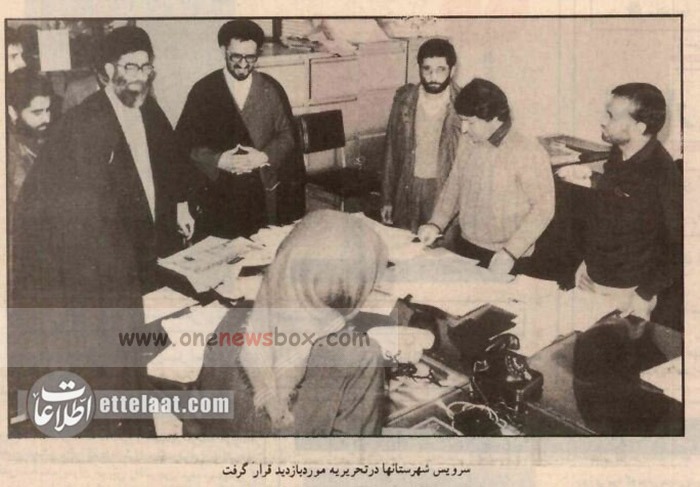This technological shift brought several key benefits:
- Improved Efficiency: Computer typesetting significantly reduced the time required to prepare a newspaper for print. This allowed editors and journalists to work closer to deadlines, ensuring that news coverage was more current and relevant.
- Enhanced Accuracy: By minimizing the manual processes involved in typesetting, computer systems reduced the likelihood of typographical errors and other mistakes. This contributed to higher-quality publications.
- Cost Savings: While the initial investment in computer typesetting technology was substantial, the long-term savings in labor and materials justified the expense. Publishers could produce more newspapers with fewer resources, making the industry more sustainable.
- Creative Freedom: Digital typesetting systems offered a wide range of design options, enabling newspapers to experiment with layouts, fonts, and graphics. This improved the visual appeal of publications and allowed for more engaging storytelling.

